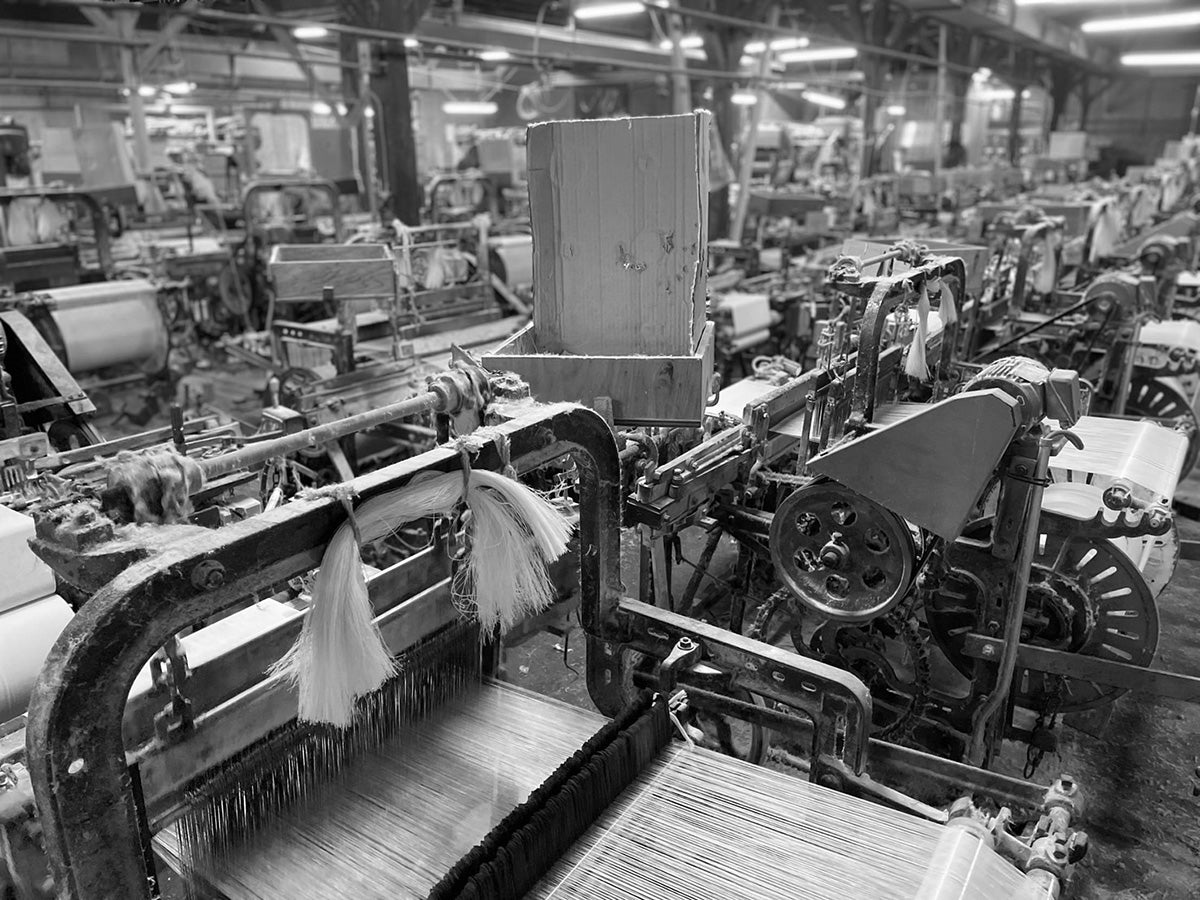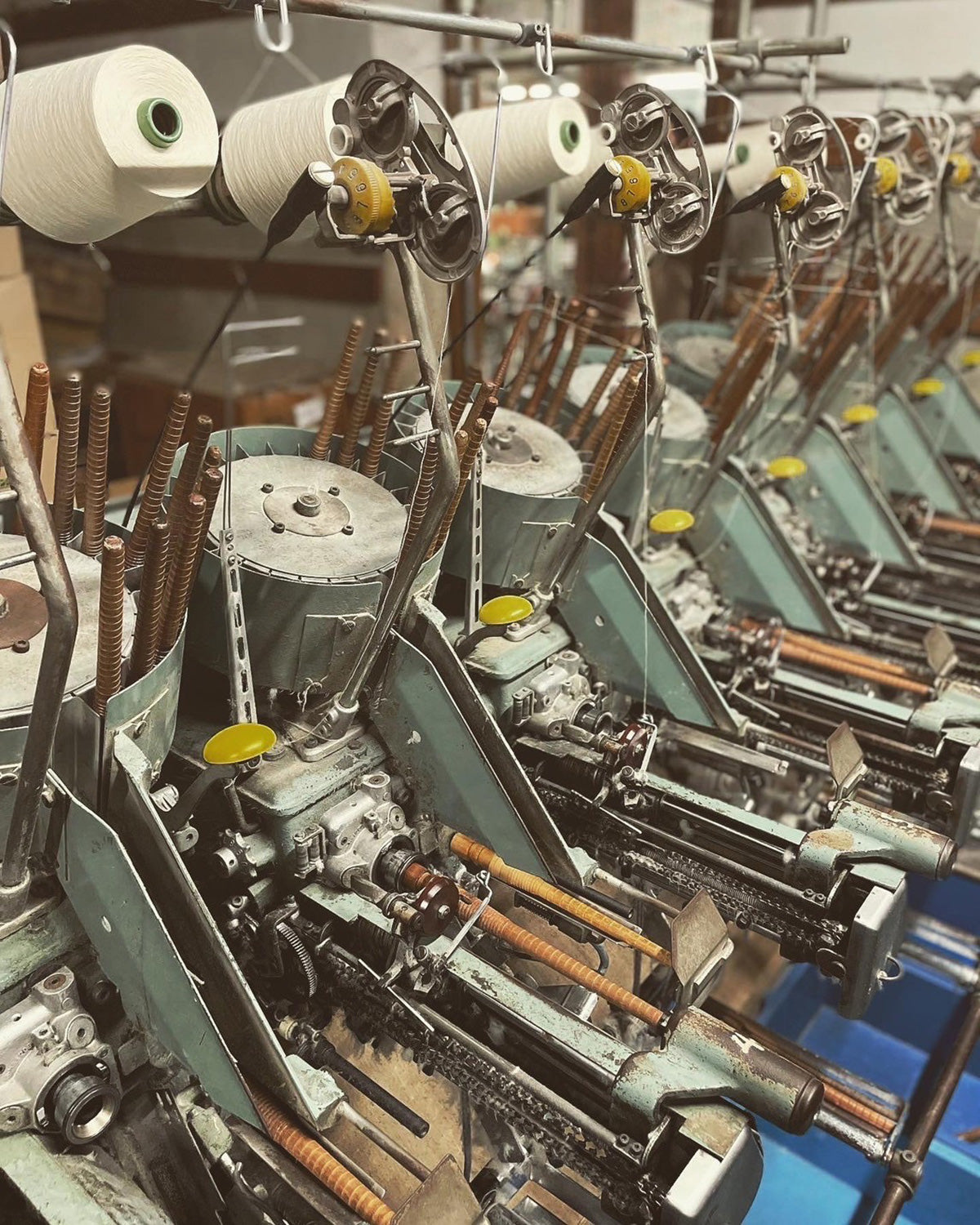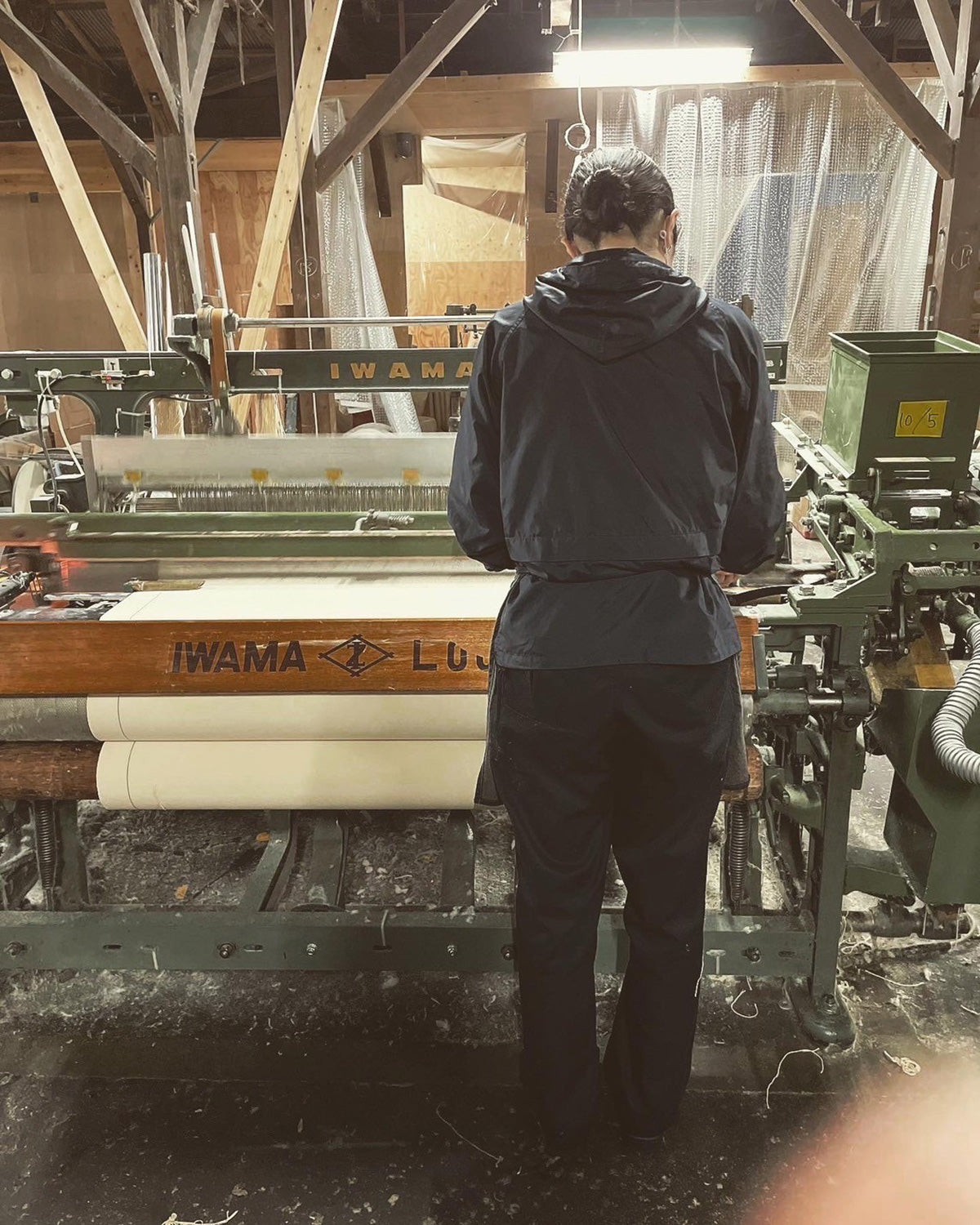

























18oz Army Duck Bio Divided Tote Bag, Medium, LGRN4021
18oz Army Duck Bio-Processed
The canvas is made from a plain weave "duck" canvas, carefully woven with fine threads. By increasing the density of the weave, it is thin and light, yet incredibly strong and durable.
Furthermore, the surface has been bio-processed to give it a rich texture, as if it has been used for many years. The natural wrinkles and soft coloring will become more attractive the more you use it.
BAGGY'S ANNEX's specialty is unisex designs that naturally blend into everyday life regardless of gender, and exude a sophisticated presence as part of fashion.
A versatile tote bag that can be used both on and off the job.
A versatile tote bag that can fit A4 size documents and laptops neatly.
The front has an external pocket that is easy to access, making it convenient for storing frequently used small items. The handle is made of the same durable army duck fabric as the main body, providing a firm grip that fits comfortably in your hand.
The interior has interchangeable dividers, allowing you to freely arrange it to suit the type and amount of luggage you have. It also comes with an inner pocket perfect for storing a smartphone and a base plate that prevents the bag from losing its shape, providing both security and ease of use.
It can securely store all your essential items, including your wallet, smartphone, diary, A5 to A4 notebooks, lunch box, bottle, folding umbrella, pencil case, glasses case, and 500ml plastic bottle.
This is a product that will be a reliable partner, from commuting to work or school to going out on the weekend.
| Item number | LGRN4021 |
| specification | ■Size (approximate) Length 28cm x width 33cm x depth 14cm Weight 540g ■Main unit opening 34cm ■Pockets ○External pocket: 18cm x 12.5cm (front open pocket) ○Inner pocket: 1 ■Handle width: 2cm Length: 46cm Height: 18.5cm |
| material | 18oz Army Duck Bio-Processed |
| Country of origin | Made in Japan |
We strive to represent the colors and textures of our products as close to the actual products as possible, but the colors may appear different from the actual product depending on the lighting conditions during photography and the settings of your monitor .
Please note that there may be slight differences in the dyeing finish depending on the production lot, and the color may differ from the image shown.
- If it gets wet, immediately wipe off the moisture with a dry cloth and dry it in the shade.
- Avoid high temperatures and humidity and store in a well-ventilated place.
- If you are concerned about stains, avoid washing the entire item as it is machine washable. Instead, gently pat the area with a soft cloth or sponge using lukewarm water and a mild detergent. Be careful with the leather parts.
Nationwide flat rate of 500 yen (tax included)
Free shipping for orders totaling 3,900 yen or more
This product is in stock at multiple stores.
Therefore, depending on when you place your order, the item may be out of stock.
If we are unable to secure stock, we will contact you by email after you place your order.
Choose options



























History and Origin
History and origins
ALBERTON was a large-scale spinning company that flourished in Maryland, USA, from the late 19th century to the early 20th century. As a central player in the US cotton market, it supplied duck fabric to the government and military, and during World War I it was widely adopted as "US ARMY DUCK."

Decline and inheritance of value
Decline and inheritance of value
Due to the Great Depression, the name of the town disappeared along with the company name in 1938, but the duck fabric business itself continued and expanded, and its quality and existence continue to hold value today as proof that it has supported the unknown behind-the-scenes development of the industry.

Revival in Japan and the present
Revival in Japan and the present
In 2016, the brand "ALBERTON®" was revived by a Japanese fabric producer, who produced duck fabric with selvedge stripes using old-fashioned power looms and the same manufacturing methods as those used at the time, breathing new value into the techniques and spirit of the past by bringing it back to life in the modern era.


